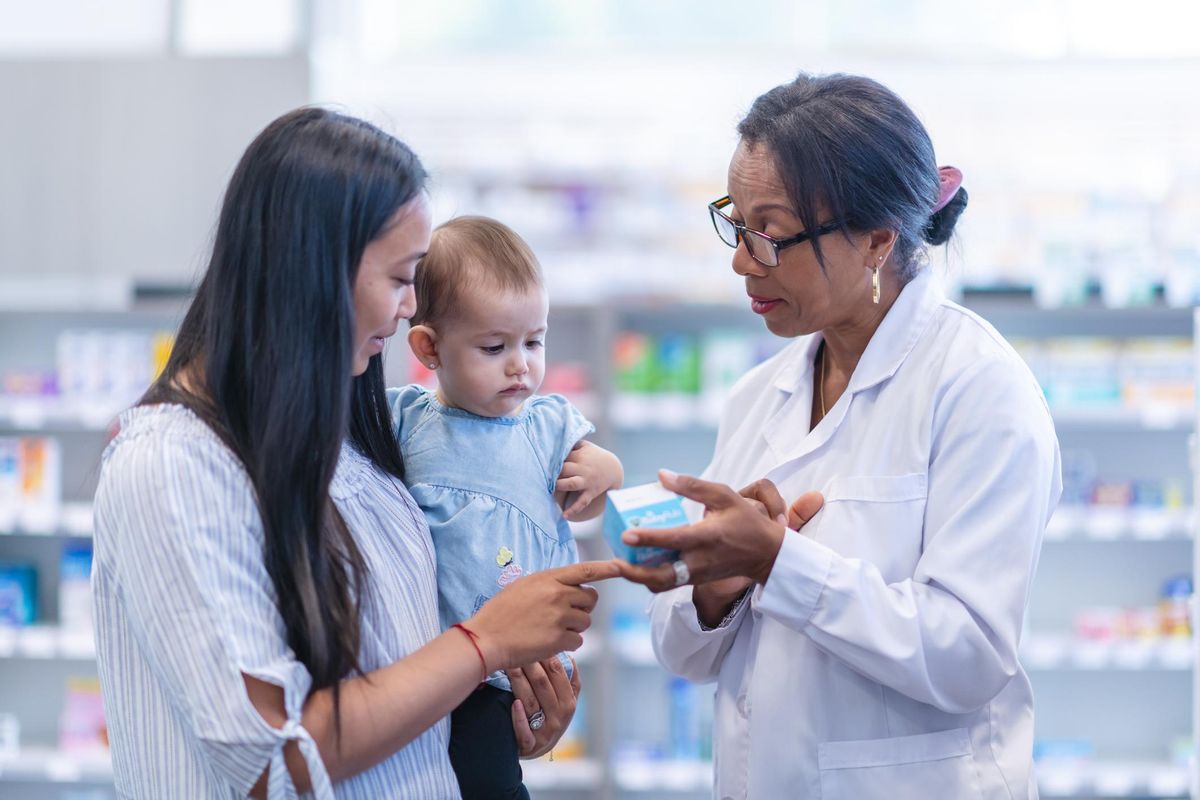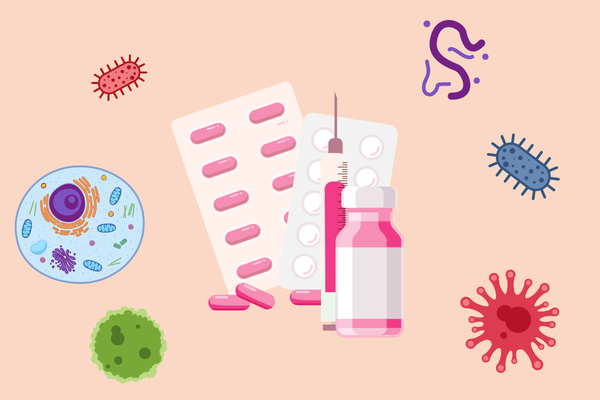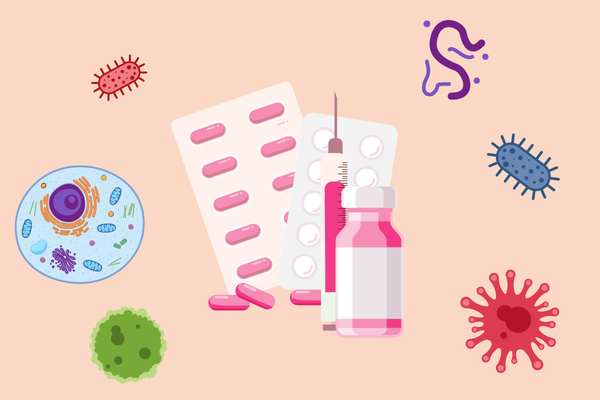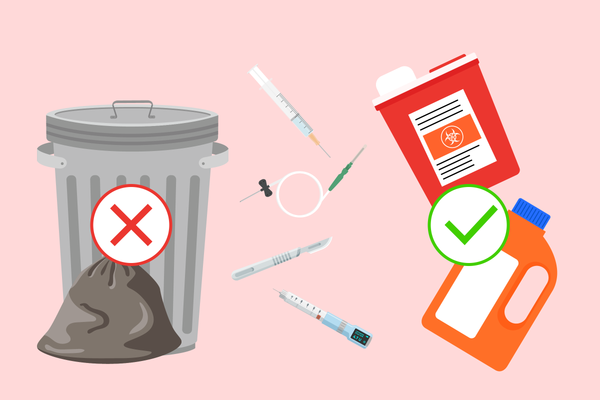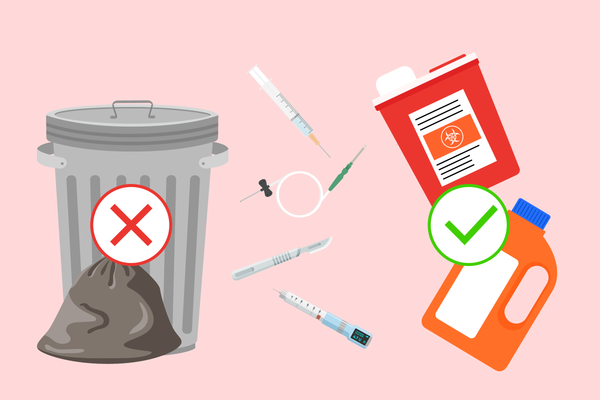Q:
How should I determine the proper OTC medicine dose for my child?
A:
Before giving your child any medication, make sure you've selected an appropriate over-the-counter (OTC) medicine. It's important to read the entire Drug Facts label, especially the "Active Ingredients," "Uses" and "Warnings" sections to make sure that the medicine is appropriate for your child. You will want to consider your child's symptoms, other medications your child may be taking, allergies your child may have and any other factors mentioned on the label. And remember that medicines labeled for adults are not appropriate for children. Once you've determined the appropriate OTC medicine for your child, the next step is to give the right dose.
To do this, read and follow the directions on the Drug Facts label carefully. Dosing varies from product to product—and the directions sometimes change over time. It's important to read the dosing directions for each medicine each time you administer it. Carefully read any instructions regarding age or weight, as well as the recommended dose and unit of measurement. The label may direct you to "ask a doctor" about whether the medicine is appropriate for the age or weight of your child. If so, be sure to talk to your doctor or pharmacist..
After you've determined the dose, use only the dosing device that was included with that medicine to measure and administer the medication to your child. Many OTC syringes or droppers may appear the same, but they are not interchangeable. The device included with the medicine is customized. Never use household measurement tools, such as teaspoons or kitchen spoons.
If your child seems very sick, you may think it will help to give more medicine, but it won't help—and, in fact, it is potentially harmful. More medicine means more potential side effects. Instead, follow the label and give the exact dose at the times the label says. If you have any concerns, call a healthcare professional.
Finally, be careful when giving your child more than one medicine. Giving your child two or more medicines at the same time with the same or multiple active ingredients could lead to overdose or other problems. Read the Drug Facts labels carefully to determine the active ingredients in all the medicines you're administering.

